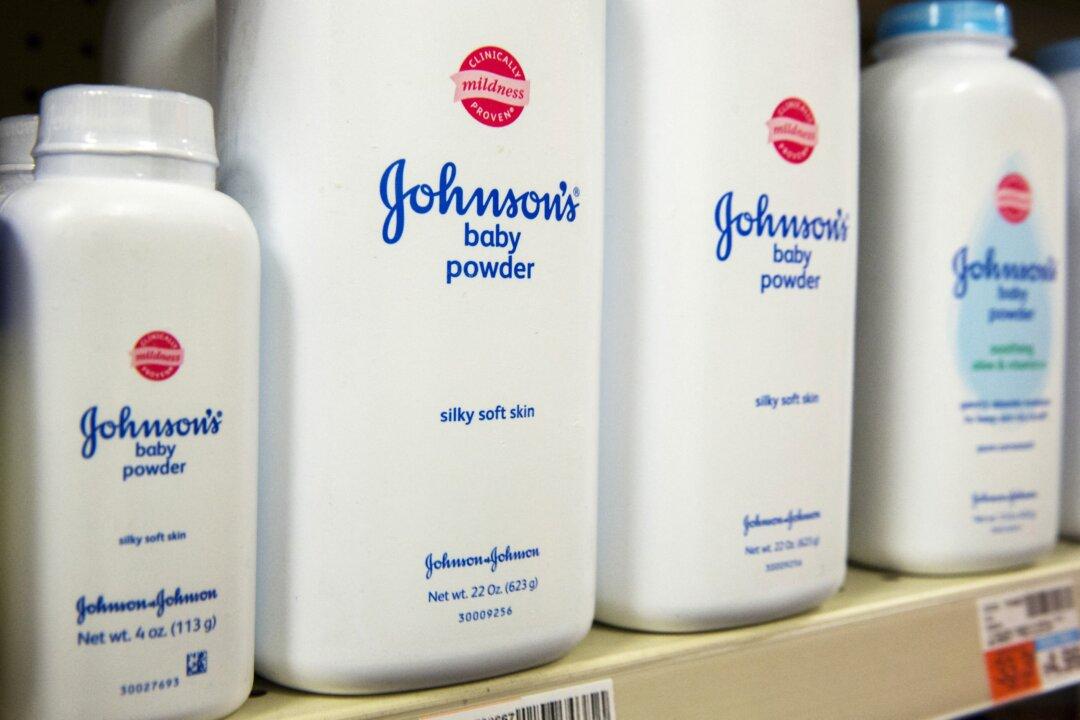NEW YORK—A U.S. judge on Thursday halted most of the tens of thousands of lawsuits alleging Johnson & Johnson’s baby powder and other talc products caused cancer and stopped any trials as part of a company subsidiary’s second attempt to settle cases in bankruptcy proceedings.
U.S. Bankruptcy Judge Michael Kaplan put most of the litigation temporarily on hold during a hearing in Trenton, New Jersey. The decision, for the most part, granted a request from J&J to freeze cases while it attempts to reach a permanent settlement with current plaintiffs that would also set aside money for future lawsuits.





